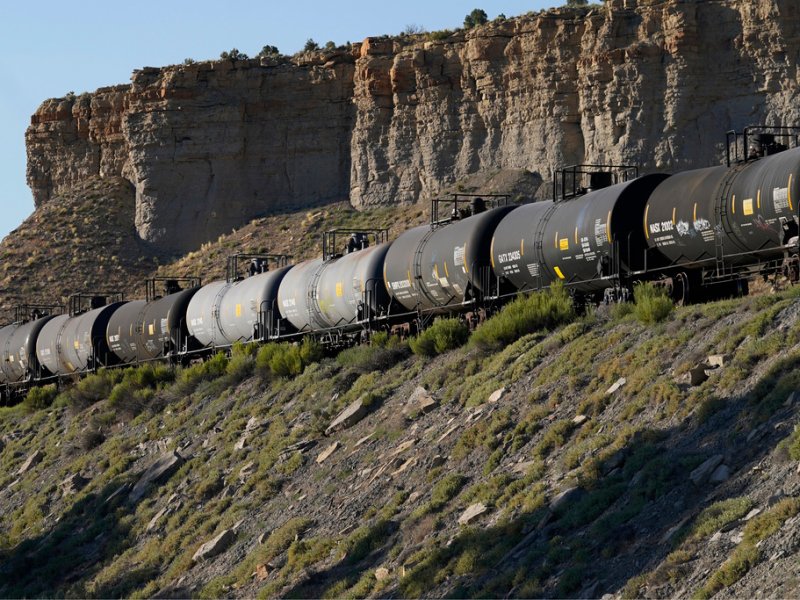“Revving Up the Energy Debate – Uncovering the Unlikely Bedfellows of Technology and Fossil Fuels” As we hurtle towards a future driven by innovation and sustainability, a fascinating paradox has emerged. The very technologies that promise to revolutionize our world and reduce our carbon footprint are, in fact, quietly reliant on the very energy sources they seek to replace. The surprising truth is that the rapid advancements in technology, which are transforming the way we live, work, and play, are only possible because of the time and energy provided by oil and gas. This unlikely marriage between tech and fossil fuels raises critical questions about the pace of our transition to a low-carbon economy and the unspoken dependencies that underpin our digital lives. In this article, we’ll delve into the intriguing relationship between technology and fossil fuels, exploring the complex interplay that’s driving both progress and paradox.
Implications and Practical Aspects
Early Adopters and Environmental Benefits

Wabtec’s battery-powered locomotive is expected to bring significant environmental benefits, including up to 30% fuel savings and a reduction in emissions. The appeal of battery-powered trains for areas with air quality regulations is particularly strong, as evident from the interest shown by the New York Metropolitan Transit Authority in Wabtec’s hybrid shunter locomotives.
The California Air Resources Board’s $22 million grant to Wabtec for the development of its battery-powered locomotive technology is a testament to the growing importance of reducing diesel emissions. The ability of battery-powered locomotives to run on battery power in areas with strict air quality regulations is a significant selling point, as seen in the New York City subway tunnels.
Commercialization and Future Developments

Wabtec plans to commercialize its battery-powered locomotives within the next three to five years. The company expects early adopters to be those operating in areas with strict air quality regulations. The potential for future growth and adoption in the rail industry is significant, driven by the need to reduce emissions and operating costs.
The development of battery-powered locomotives has been made possible by the advancements in energy storage technology, which has been driven by the growth of the electric vehicle market. Wabtec’s battery pack is similar to that used in Tesla cars, highlighting the potential for cross-industry collaboration and innovation.
The Bigger Picture: Energy Markets and Policy
Pennsylvania’s Influence on National and Global Markets
Pennsylvania’s influence on national and global energy markets has grown in recent decades, driven by the growth of the state’s energy production. The state’s production has stagnated due to a significant drop in natural gas prices, leading to a $105 million decline in impact fee revenues.
However, the state’s role in transitioning to cleaner forms of energy cannot be overlooked. The Appalachian-producing basin has led the way in displacing coal, and the resource is enormous. The struggles in Pennsylvania and the Marcellus Shale region highlight the need for policy changes to support the growth of the industry.
The Need for Policy Changes and Infrastructure Development
The need for smart, consistent permitting reform is crucial to ensure that energy infrastructure projects can be built to support the growing need for energy. The struggles in Pennsylvania and the Marcellus Shale region demonstrate the importance of policy changes to support the growth of the industry.
The development of additional pipeline capacity is critical to support the growing demand for energy. The struggles in Pennsylvania and the Marcellus Shale region highlight the need for policy changes to support the growth of the industry. PJM’s long-term load forecast expects demand growth of 2.4% for net energy use over the next decade, highlighting the need for infrastructure development to support the growing demand for energy.
Conclusion
In conclusion, the article “Technology requires time that oil, gas provides” sheds light on the often-overlooked reality that the rapid progress of technology is heavily reliant on the energy provided by oil and gas. The key takeaway is that the transition to renewable energy sources is crucial, but it requires a significant amount of time, resources, and infrastructure development. The article effectively highlights the significance of this issue, emphasizing that the world’s increasing reliance on technology is paradoxically hindering our ability to transition away from fossil fuels.
The implications of this reality are far-reaching, with significant consequences for the environment, economy, and global politics. As the world continues to grapple with the challenges posed by climate change, it is essential to acknowledge the complexities involved in transitioning to renewable energy sources. Looking forward, it is crucial that policymakers, industry leaders, and individuals work together to develop and infrastructure that can support the shift towards sustainable energy. The future of our planet depends on our ability to navigate this complex issue and find a balance between our technological advancements and environmental sustainability.
